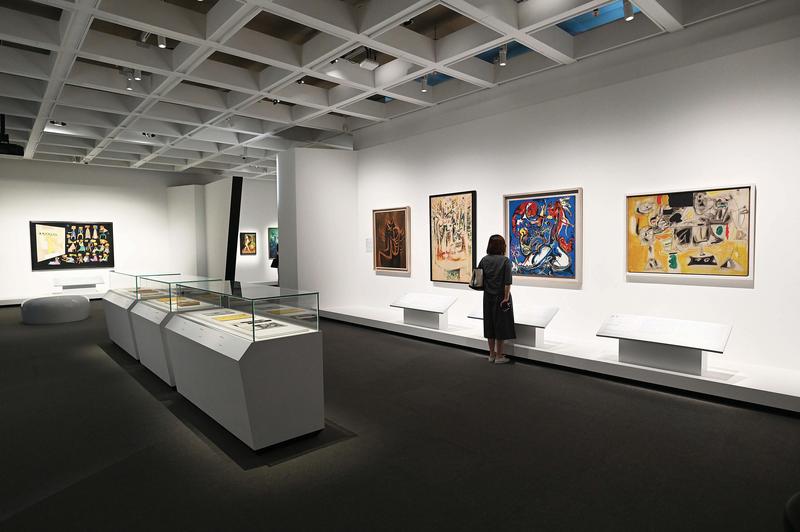 (PHOTO PROVIDED TO CHINA DAILY)
(PHOTO PROVIDED TO CHINA DAILY)
Meandering through the dimly-lit exhibition halls of Hong Kong Museum of Art, I catch remarks such as “What is the painter trying to get at exactly?” which is perhaps natural, as the show title being Mythologies: Surrealism and Beyond — Masterpieces from Centre Pompidou.
Surrealism is a philosophical, literary, and artistic movement begun in Europe in the 1920s. The surrealists rejected an objective vision of reality in favor of the unconscious and irrational, endowing their creations with dream-like, fantastical features.
Didier Ottinger, deputy director of the Musée National d’Art Moderne, Centre Pompidou, who curated the show, says, “Surrealism is a modern art movement. Experimentation with technique is at the heart of modern art. Each one of the works presented in the exhibition is linked to a myth.”
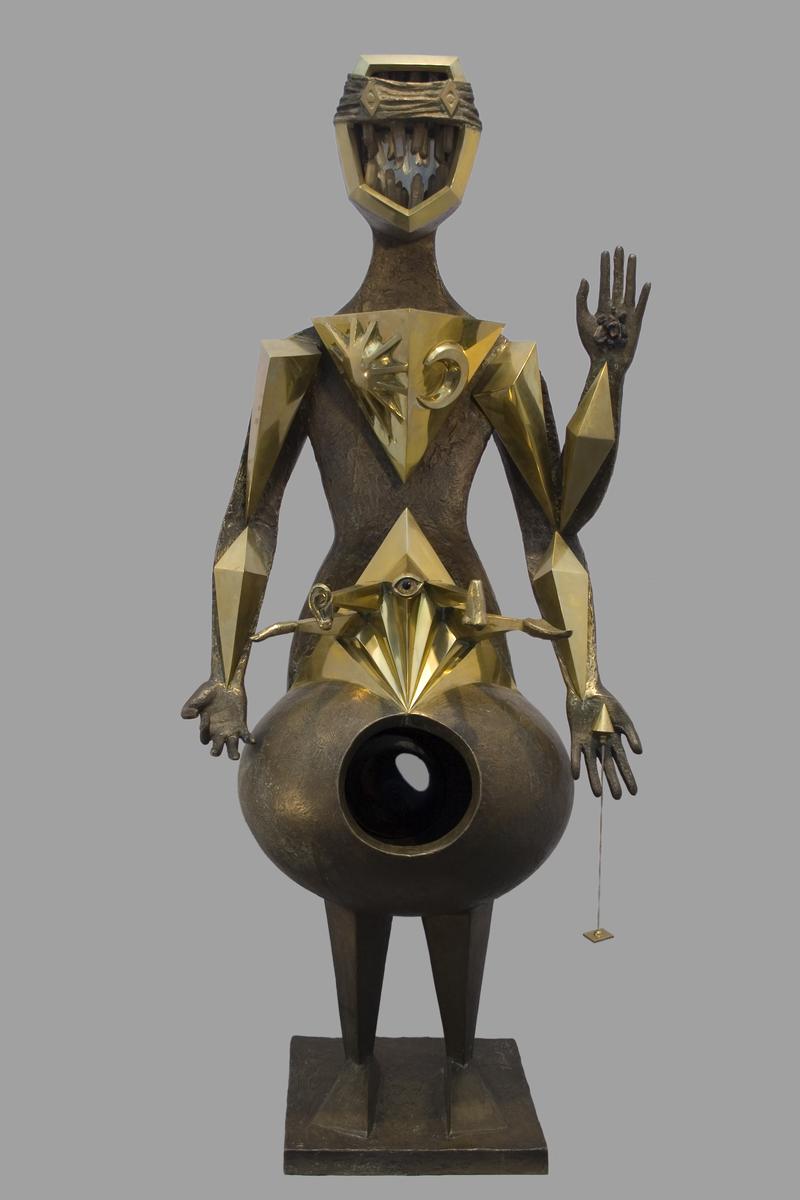 The Grand Transparent — sculpture by Jacques Herold, on show at the exhibition on surrealist art from Centre Pompidou, at Hong Kong Museum of Art. (PHOTO PROVIDED TO CHINA DAILY)
The Grand Transparent — sculpture by Jacques Herold, on show at the exhibition on surrealist art from Centre Pompidou, at Hong Kong Museum of Art. (PHOTO PROVIDED TO CHINA DAILY)
Mythology is at the core of the surrealist movement. “Surrealists believed mythologies brought human societies together by sharing common stories of their origins and associated rites,” according to HKMoA’s note on the exhibition.
The show is divided into thematic zones, with some of these dedicated specifically to paintings and sculptures inspired by mythical creatures such as Minotaur and Chimera. There is also one named Acephale, after an André Masson drawing of a headless male figure that went on the cover of a review journal of the same name launched by Georges Bataille in 1936.
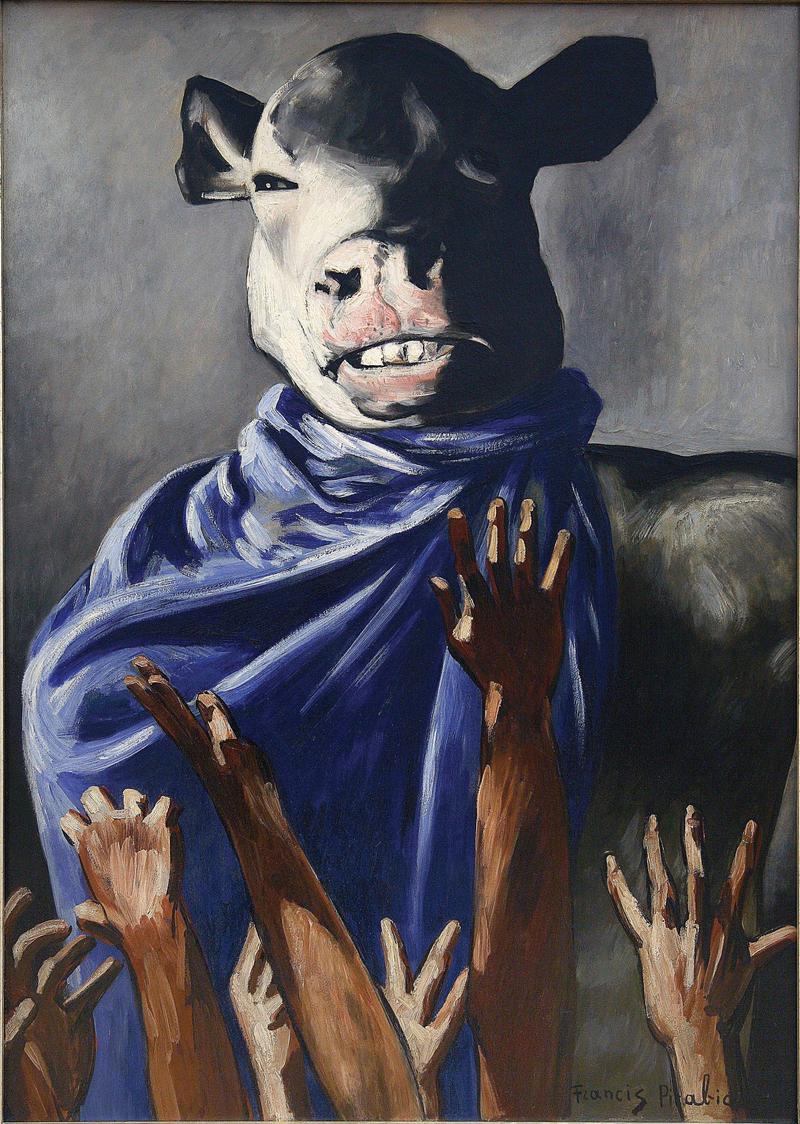 Mythological figure of the Minotaur by Francis Picabia. (PHOTO PROVIDED TO CHINA DAILY)
Mythological figure of the Minotaur by Francis Picabia. (PHOTO PROVIDED TO CHINA DAILY)
Surrealist artists often vastly differed from each other in terms of style. A fine example of this is in the way the part-man-part-bull figure of Minotaur from Greek mythology has been interpreted by the artists Francis Picabia, Joan Miró and Masson.
Picabia’s The Adoration of the Calf took its cue from a satirical photographic collage from 1937, also displayed at the show. Picabia’s Minotaur looks like a European aristocrat, sitting for a portrait — its depth and three-dimensional quality created by the use of chiaroscuro. The figure is surrounded by a sea of adoring arms reaching out from below.
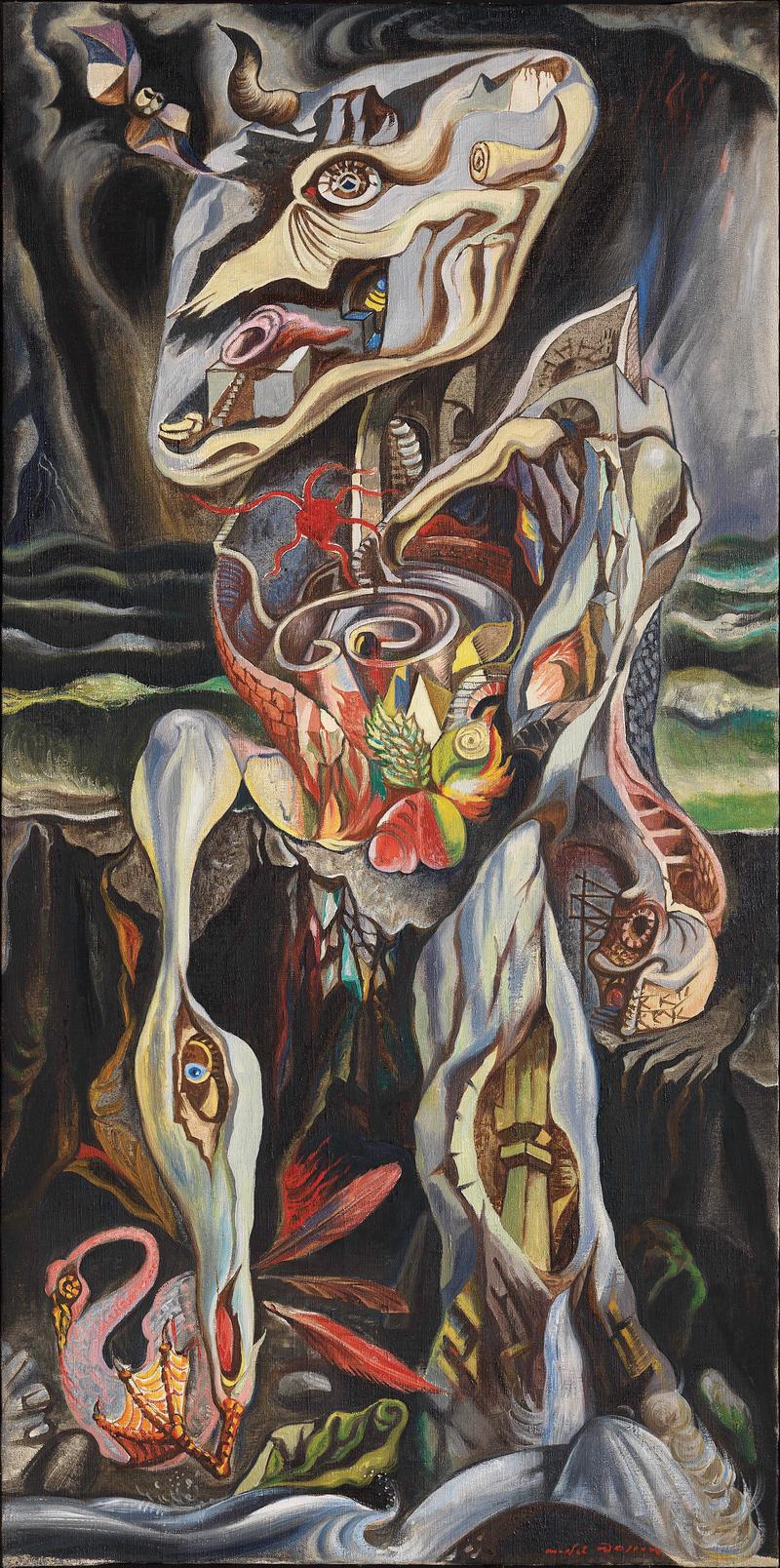 Mythological figure of the Minotaur by André Masson. (PHOTO PROVIDED TO CHINA DAILY)
Mythological figure of the Minotaur by André Masson. (PHOTO PROVIDED TO CHINA DAILY)
In stark contrast, Miró’s The Bullfight is a two-dimensional composition, consisting of lines and geometric shapes, some of which are filled with bright colors.
Masson’s The Labyrinth, on the other hand, comprises a visually dizzying array of images, bringing to mind the labyrinth where the mythical Minotaur was locked up.
The show also features photographs of Parisian nights in the 1920s and 1930s, a film on bullfighting and magazines to help create a sense of the period in which surrealist art thrived. As Ottinger says, “Documentary films show the very real presence of legendary myths in modern times. For example, bullfights, which are a continuation of the Minotaur myth … (are) still done today.”
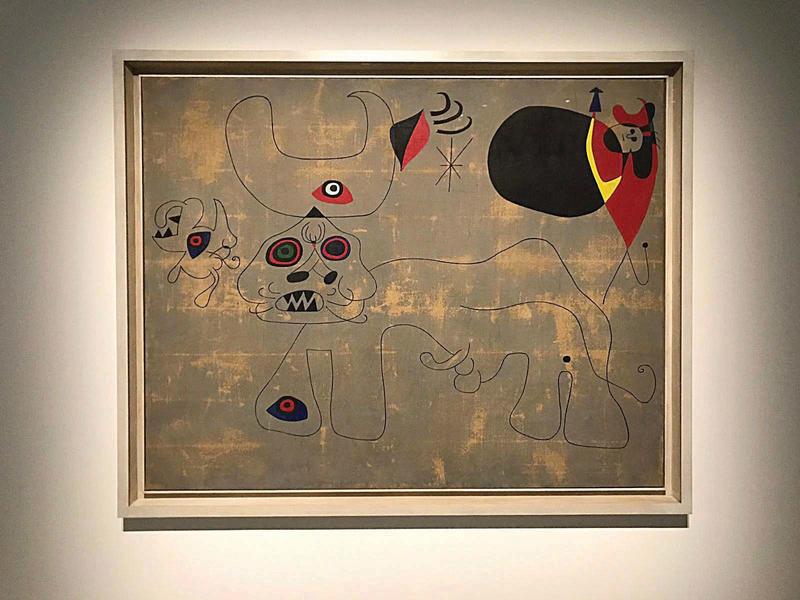 Mythological figure of the Minotaur by Joan Miró. (PHOTO PROVIDED TO CHINA DAILY)
Mythological figure of the Minotaur by Joan Miró. (PHOTO PROVIDED TO CHINA DAILY)
Local artists, such as Keith Lam and Hazel Wong, have taken inspiration from the surrealists to create new works that are also on display at the show. Lam has created a robotic installation called Artificial Reality which explores the nuanced relationship between reality and simulation. Wong has created an animation video depicting the ways in which life in Hong Kong took surrealistic turns — as indeed it did elsewhere — since the pandemic began.
If you go
Mythologies, Surrealism and Beyond — Masterpieces from Centre Pompidou
A program of The French May Arts Festival
Dates: Through Sep 15, 2021
Venue: The Special Gallery, Hong Kong Museum of Art, 10 Salisbury Road, Tsim Sha Tsui, Kowloon


